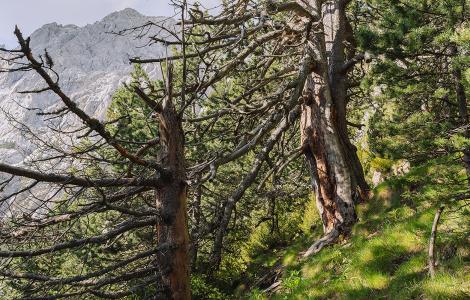Stores and flows of water, carbon, and nutrients
Why do we study this topic? What are two or three challenges that we focus on with this line of research? Provide two or three challenges or key messages. 100-200 words.
In terrestrial ecosystems, living organisms participate in the mediation of carbon, water, and nutrient cycles, both at local scales (ecosystems) and at the planetary level (the biosphere). Such biological control determines the quantity and quality of ecosystem services provided to human beings. For instance, at a global scale, forests absorb around 25% of human emissions of CO2 to the atmosphere, thereby helping to reduce the greenhouse effect. Studying how water, carbon and nutrients, enter and circulate within terrestrial ecosystems is key for understanding the functioning of ecosystems and their variability in space and time, as well as for predicting how this functioning may be modified in the contemporary context of global change.
The main lines of work and experience of CREAF in this field include:
- Stocks and sources of forest C: We study the variability of these stocks in a context of global change using data from regional and national forest inventories.
- Water flows: We study the flow of water between the soil, terrestrial ecosystems, and the atmosphere (evaporation, transpiration) and local, regional, and global scales.
- Nutrients: We analyze the stocks, flows, and imbalances between N, P, and K in ecosystems at local, regional, and global scales in a context of global change.
- Integrative and multidisciplinary approach to water flows: We create water budgets taking into account inputs from the atmosphere and consumption by natural systems for different regional planning models.
- Climate change and water budgets: We study the effects of increased temperatures and changes in precipitation cycles on water flows in ecosystems and human activities.
- Modeling of water and carbon flows in forests: We use modeling to study how these flows will change under different climate change and forest management scenarios.
- Carbon sequestration through soil application of organic amendments and wastes: We carry out studies on the improvement of soil fertility and restoration of soils degraded by different processes.
- Pyrolysis of biomass (biochar): We evaluate the use of this technology for long-term carbon storage.





